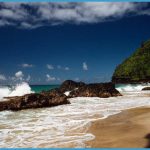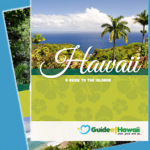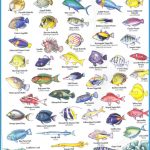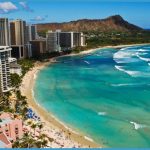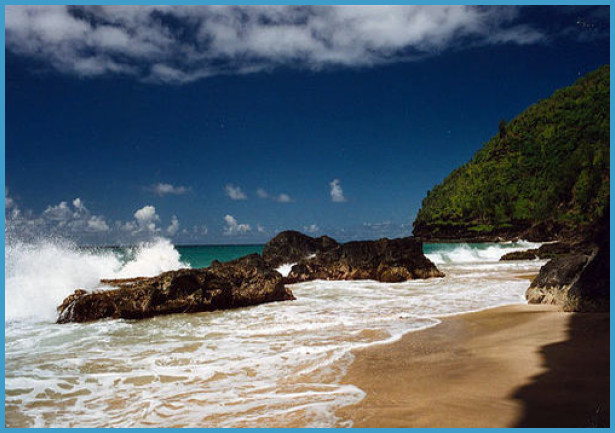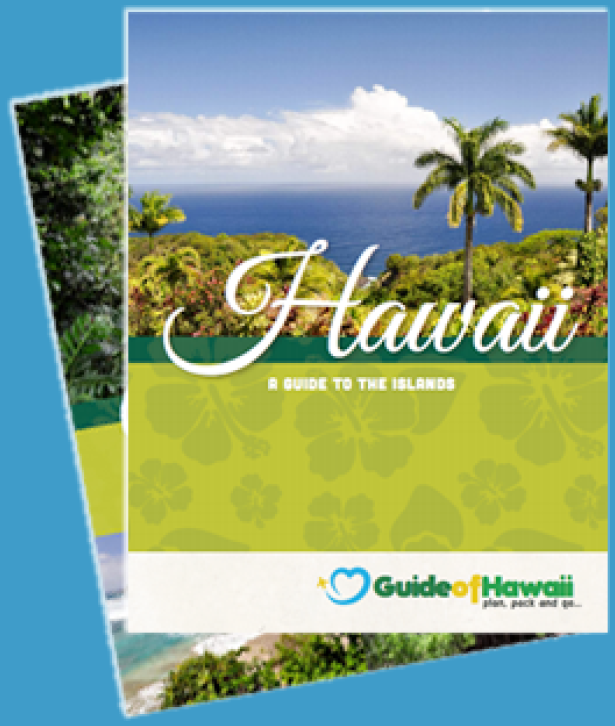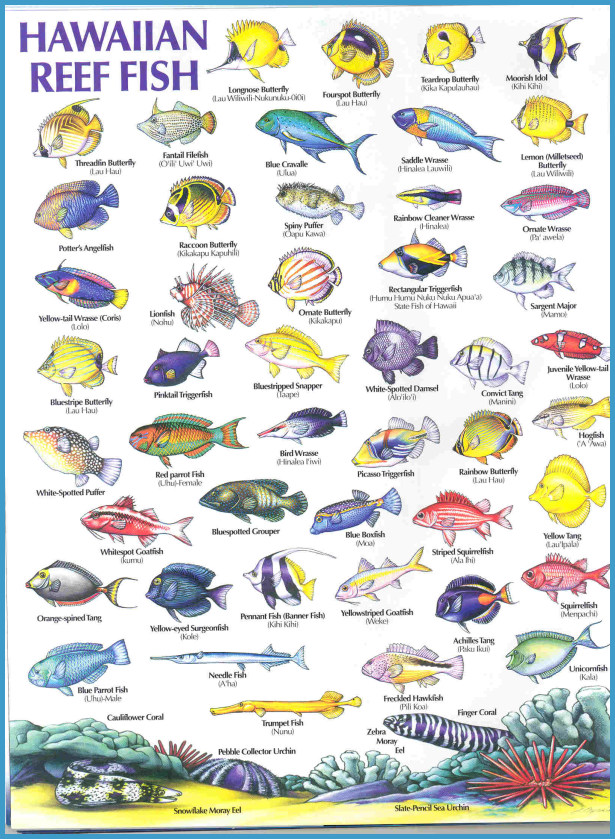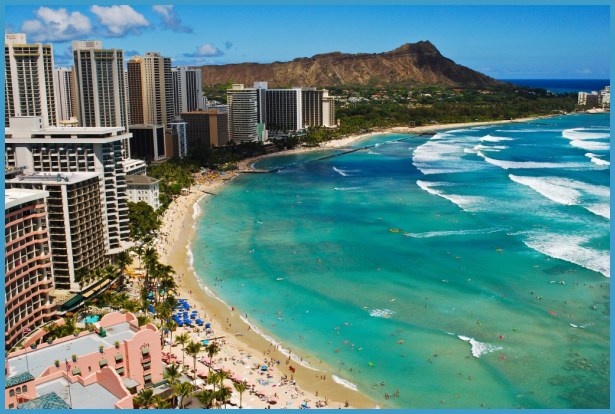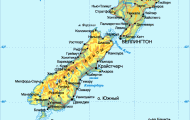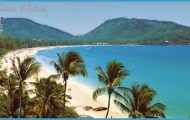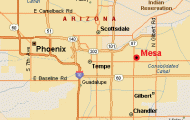HISTORICAL OVERVIEW
The state of Hawaii, composed of eight islands Hawaii, Maui, Oahu, Kauai, Molokai, Lanai, Niihau, and Kahoolawe is one of the most isolated territories in the world. However, by 1555, according to Spanish archives, the Spanish sailor Juan Gaetano had already been to the islands and charted them. A few longitudinal degrees off, Gaetano called the archipelago Islas de Mesa (Table Islands); Maui he named La Desgraciada (The Unfortunate One), the island of Hawaii (or the Big Island, as it is also known) La Mesa (The Table), and the islands of Molokai, Lanai and Kahoolawe Los Monjes (The Monks).
A less obscure but still fairly unfamiliar character in Hawaiian history is Francisco de Paula Marin, a Spanish sailor who came to Hawaii in 1794 and stayed on to work with King Kamehameha I as his physician, interpreter, and business manager. In fact, the 2006 proclamation of Hispanic Heritage Day by the governor of Hawaii celebrates Marin as the earliest Latino influence on the Islands.
A better-known Latino influence in Hawaii is that of a group of cowboys who came from Mexico at the turn of the nineteenth century. In 1793 the British explorer Captain George Vancouver had presented King Kamehameha I with half a dozen longhorn cattle, which were allowed to roam the island of Hawaii freely. By 1830 the kapu, or taboo, on the cattle was lifted, and 2 years later, when the cattle had multiplied and become a danger, King Kamehameha III and John Palmer Parker (who would establish Parker Ranch, one of the oldest and largest ranches in the country) arranged to have a handful of cowboys brought to the Islands from Veracruz to train Hawaiians in cattle- and horse-handling skills. These and the other Spanish-speaking men that followed brought with them their language, culture, and music, and as they embraced Hawaiian culture, a hybrid culture arose. Born of this contact an important cattle industry developed, and the quintessential paniolo culture of cattle ranching, vaquero clothes, and music was born.
Puerto Ricans would be the next Latino group to make its presence felt in Hawaii. The four factors that would lead to this were the Chinese Exclusion Act of 1882, which put a stop to cheap labor from China in the United States; the annexation of Puerto Rico by the United States in 1898; the precarious situation created by the devastating San Ciriaco Hurricane, which hit Puerto Rico in 1899; and the fact that Puerto Ricans were experienced sugar cane workers.
On December 23, 1900, 66 Puerto Ricans got off the Rio Janeiro in Honolulu Harbor. However, 50 more had escaped en route forced by the poor living conditions endured on the voyage from Puerto Rico to New Orleans by steamship, from New Orleans to San Francisco by rail, and then from San Francisco to Hawaii again by boat. Between 1900 and 1901, 11 expeditions would bring 5,203 Puerto Ricans to Hawaii. The last group of Puerto Ricans would arrive at the Islands in 1921; the high cost of transporting the 683 men, women, and children offset any further attempts to bring Puerto Ricans as laborers to Hawaii.
The plantation culture that developed on the Islands and evolved into the multiethnic local culture of Hawaii would not have been the same without the presence of the significant Puerto Rican contingent that arrived at the turn of the twentieth century. Between 1852 and 1946 approximately 395,000 people were recruited to work in Hawaii on the sugar plantations. Although less numerous, the Puerto Ricans joined migrants from China, Japan, Korea, the Philippines, Samoa, and Portugal who had also come to work on the sugar plantations.
The migration patterns were not alike for all the migrant groups either: some, such as the Spanish or Italians, used Hawaii as a stepping-stone to the continental United States; like the Puerto Ricans, the Portuguese recruited as entire families tended to stay on the Islands; the Japanese, Chinese, and Filipinos, who made up the majority of the migrants on the sugar plantations, arrived as single men and either intermarried, sent for picture brides, or returned to their homeland.
With the annexation of Hawaii in 1898, the mainland Unites States became Hawaii’s main market, and sugar plantations would dominate the economy of
the Islands well into the twentieth century. In the sugar (and later pineapple) plantations, which resembled small cities, life was stratified according to national origin ethnic groups were pitted against each other, and animosity frequently stemmed from the fact that salaries depended on nationalities. The lunas (or overseers) belonged more often than not to the white and smaller European American migrant groups, who received, on average, higher salaries. The Puerto Ricans, who were used as labor scabs for the Japanese and Chinese (who were already attempting to form worker organizations and to go on strikes), fared somewhat better than their Asian counterparts. In fact, it was not too long before Puerto Ricans were not bound to one plantation like the Asians but were able to move from one plantation to another in search of better working conditions.
In spite of the exacerbation of cultural differences on the ethnically segregated plantations, a local, multiethnic culture developed from the interaction of Hawaiians, Japanese, Chinese, Filipinos, Portuguese, Samoans, Puerto Ricans, and the other migrant groups one that ultimately formed the basis of Hawaii’s present-day multiethnicity. However, in the process the Hawaiian indigenous population dwindled from 97 percent, in 1853, to just 16 percent in 1923, by which time the Japanese had become the largest ethnic group in Hawaii.

